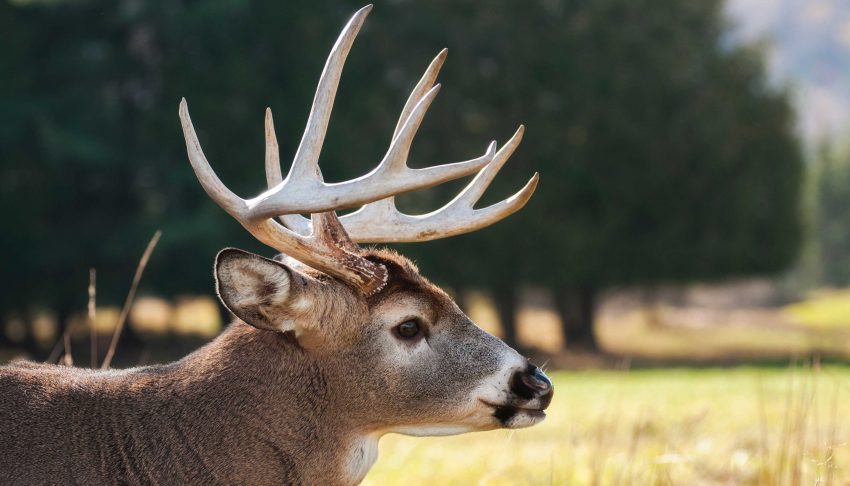Airborne Surveillance for Wildlife Management in North Dakota
In the vast landscapes of North Dakota, wildlife management is a complex and ongoing task. To ensure accurate data on big game species, the North Dakota Game and Fish Department (NDGF) conducts aerial surveys throughout the year. These efforts are crucial for understanding population trends, migration patterns, and the overall health of wildlife in the state.
One of the key individuals involved in these aerial operations is Jeff Faught, a pilot with the NDGF Wildlife Division. Faught plays a vital role in monitoring various species, including mule deer, whitetail deer, pronghorn, elk, and moose. His work involves flying over different regions of the state to gather critical information that helps guide conservation strategies.
Faught also supports scientific research by assisting with radio telemetry. This technique involves tracking animals that have been fitted with transmitters. Using specialized equipment, he can detect signals from these devices and determine the exact location of the animals. “I use antennas to pick up the signals, and by adjusting frequencies, I can pinpoint where the animal is,” Faught explains. This data is invaluable for biologists studying wildlife behavior and movement.
Another pilot who contributes to wildlife management is Mike Linden, an enforcement division pilot and game warden. While his primary responsibilities include patrolling on the ground, Linden often takes to the skies to assist with various tasks. During hunting seasons, he helps game wardens by identifying hunter locations and monitoring activities from above.
Linden’s aerial perspective allows him to cover large areas quickly and efficiently. “From the air, you can see a much wider area than someone on the ground might,” he notes. This capability is especially useful during times when law enforcement needs to respond to potential violations or suspicious activities.
One of the challenges Linden faces is spotting off-trail activities, such as unauthorized ATV use during deer season. He also monitors for illegal spotlighting, which can disrupt wildlife and pose risks to both animals and humans. By using his vantage point in the air, he can alert ground teams to these issues and help enforce regulations effectively.
Both pilots emphasize the importance of their work in protecting and managing North Dakota’s natural resources. They highlight that while their jobs involve long hours and sometimes challenging conditions, they find great satisfaction in contributing to the preservation of the state’s wildlife.
For Faught and Linden, the cockpit of their aircraft offers more than just a view of the landscape—it provides a unique opportunity to observe and understand the ecosystems they are tasked with protecting. Their efforts, though often unseen by the public, play a critical role in ensuring that North Dakota’s fish and wildlife thrive for future generations.
The collaboration between aerial and ground-based efforts is essential for effective wildlife management. Pilots like Faught and Linden bring a level of expertise and insight that complements the work of biologists, wardens, and other professionals in the field. Together, they form a network of support that helps maintain the balance of nature in one of the most diverse and ecologically rich regions of the United States.
